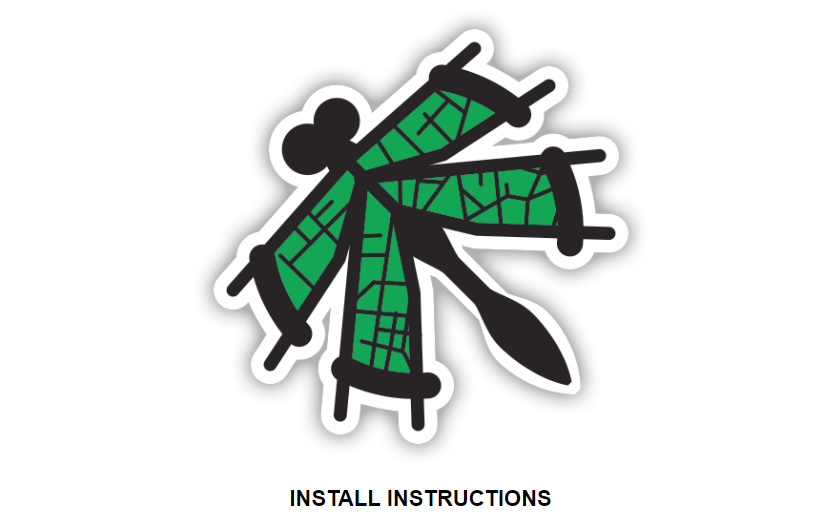Release Notes - July 9 2018
Dragonfly 0.0.3 and Urban Weather Generator 5.0
Greetings members of the Ladybug Community!
We write to you today with a special announcement about an insect that is finally getting past its pupa stage! Many of you know that the Dragonfly plugin has existed as a beta for a while and, until today, it had not been officially released due to complications with the underlying engine that it connects to: the Urban Weather Generator (UWG), which morphs rural (or airport) epw files to account for the the effects of urban heat island. This is achieved by simulating the energy balance of the heat fluxes coming from a typical urban canyon, and accounts for, amongst other factors, the impact of building geometry, program, urban materials, traffic, vegetation and atmospheric heat transfer.
Over the past year we have poured a substantial amount of time into translating the Urban Weather Generator from it’s original Matlab code into Python. This has resulted in a number of major benefits to Dragonfly, including:
- We can now access more features of the engine, increasing the urban and building parameterization choices, improving the precision of the inputs, and the overall accuracy of the results.
- We can easily fix bugs in the engine, meaning that the engine is now much more stable than it was previously. For those of you who were familiar with the “Fatal Error” bug that prevented many of us from using the engine previously, we have applied a patch to resolve most occurences of this bug.
- We can make use of the building archetype templates that Joseph Yang added to the UWG for his thesis. These 768 templates represent sixteen different building types, three construction eras, and sixteen climate zones generated from the Commercial Building Energy Consumption Survey (CBECS), which substantially cuts down on the time needed to build urban models.
- We can run the engine using the Python package that installs with Rhino, which makes Dragonfly installation a lot easier.
In summary, we can finally say that the urban heat island modeling capabilities of Dragonfly are stable, can yield the accuracy seen in the original UWG validation studies, and are ready for broad usage. For this reason, we invite all of you with an interest in urban heat island to install Dragonfly and the new Python UWG by following the instructions on this page:
We also invite you to look at the updated example files and summary of workflows for using Dragonfly:

Now, many of you may be asking yourself, if Dragonfly is no longer a beta, why are we installing it from a github code repository as opposed to Food4Rhino like the other insects? The reason is that, while the urban heat island modeling capabilities of Dragonfly are largely complete, the full vision of Dragonfly is far from finished. Those who have seen presentations on Dragonfly know that the ultimate purpose of the plugin is to give access to a range of large-scale climate data sets and modeling engines. Urban heat island is only one of such large-scale climate phenomena and, before you see us post a copy of Dragonfly to Food4Rhino, you can bet that Dragonfly will also have robust capabilities for retrieving Actual Meteorological Year (AMY) epw data. AMY data differs from Typical Meteorological Year (TMY) data in that it can represent an extreme year (like one with a heat wave) as opposed to the typical conditions of a climate. We also intend to add support for visualizing publicly available satellite image data sets (including several with thermal images), as well as the creation of future weather files that account for global climate change.
Finally, we would like to give special thanks to Joseph Yang for working with us throughout this project to brilliantly explain the logic behind the original UWG code, and Ryan Welch who was always willing to stop what he was doing and work through the math behind the code.
So enjoy modeling urban heat island for the time being and stay tuned in coming months as we build the next version of Dragonfly with more features!
The Developers of Ladybug Tools
Including Saeran Vasanthakumar and Chris Mackey
Maintainers of the Urban Weather Generator and Dragonfly


